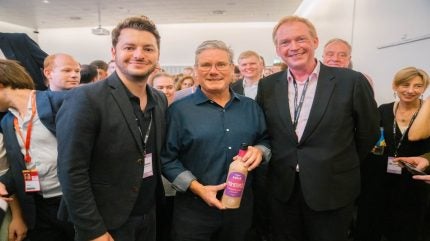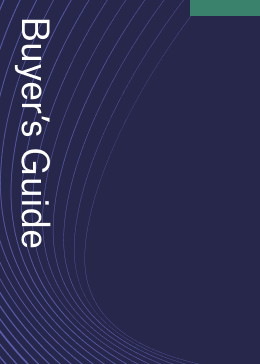
Frugalpac, a UK-based sustainable packaging company, has called for the domestic government’s support in reforming research and development tax credits and improving access to innovation grants.
The company’s CEO Malcolm Waugh emphasised the need to assist smaller green businesses in developing the next generation of sustainable packaging products.
This request follows significant investments by the National Wealth Fund Bank and the Scottish National Investment Bank in Pulpex, another sustainable packaging company.
Frugalpac’s flagship product, the Frugal Bottle, is touted as the world’s first and only commercially available paper bottle for wines and spirits.
Comprising 94% recycled paperboard and a food-grade pouch to contain liquids, the Frugal Bottle is significantly lighter than its glass alternatives, using six times less carbon and energy in its production and disposal.
The company operates a privately funded paper bottle factory in Ipswich, England, employing 28 people, with plans for expansion.
The company’s innovative approach extends to the design of the Frugal Bottle Assembly Machines, which are sold to customers to enable local production of paper bottles, thus reducing carbon emissions associated with shipping.
With each machine capable of producing 2.5 million paper bottles annually, Frugalpac has already sold three for export to the US, Canada, and Australia.
The Frugal Bottle itself is now available in 25 countries, including Japan, the UK, and South Africa.
Waugh said: “Whilst we welcome any investment in low-carbon sustainable packaging, it is important to remember that it is more sustainable to ship these carbon-cutting machines abroad and not just empty bottles full of air around the world.
“Without any public investment, we built our first Frugal Bottle Assembly Machine in Ipswich six years ago and have now sold another three machines for export to the US, Canada and Australia.
“If we want to cut the carbon footprint of the drinks industry, we need to site these machines locally so that paper bottles can be produced as close to the filling lines as possible.”







